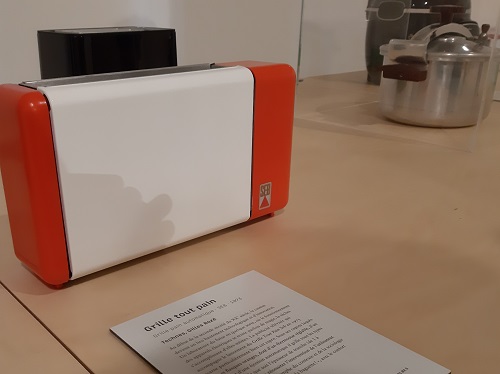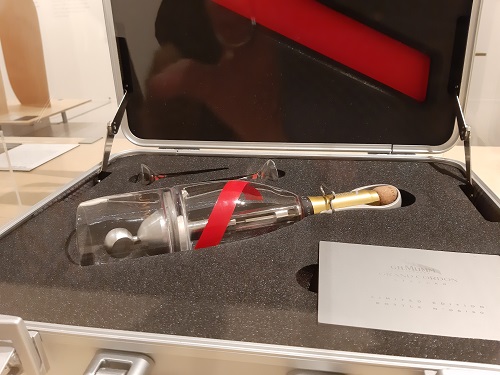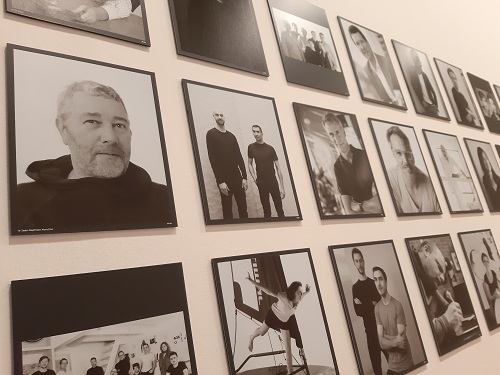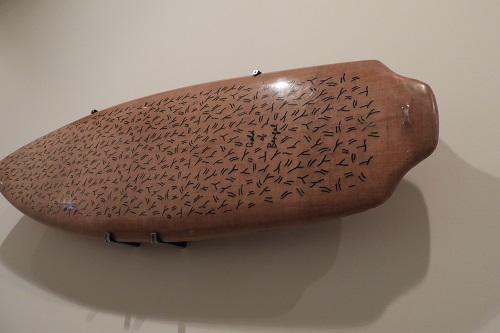The European Metropolis of Lille has achieved a fine performance, being elected World Design Capital in 2020. Very many events and initiatives are attached to this project, which may seem nebulous to ordinary people!
To better understand its challenges, I therefore went for a Tripostal tour of Lille, where two exhibitions will be open to the public from September 16 to November 15, 2020.
Why do design? Does French design exist?
The “Designer (s) du Design” exhibition aims to draw the landscape, diversity, developments and proposals of French design from designers and their projects.
“Autonomie (s)” This “involved art”, to use Jacques Viénot’s phrase, begins with an explanatory tour on the ground floor of the Tri Postal, which I found a little tedious to explore: many explanatory panels on the times strengths that marked the event “Lille World Capital of Design”, with a crush, however, for the testimonials of specialists recognized for their impact in terms of design and visible on video.
On the first floor, we really change tempo and scenography, for an original route and we enter the exhibition “Designer (s) of design”. And we quickly get the feeling that the maxim of the designer and curator of this exhibition Jean-Louis Fréchin “This exhibition is an extraordinary opportunity, France is not necessarily a country of design but we have a large number of designers” is not trivial. We are surprised to find a wealth and diversity in the design proposals on a daily basis, in particular with examples of star designers such as Philippe Starck (model of exceptional boats not to mention the connected ring),
We are even moved by discovering some emblematic objects from our childhood that have been enthroned in our kitchens (SEB toaster) or even street furniture emblematic of our life as a citizen (JCDecaux bus shelter by Patrick Jouin, etc.) to suddenly realize that we have been immersed in a world of everyday design for a very long time!
Surprise / Awaken / Invent
Burst of laughter guaranteed for Octave De Gaulle’s proposal with his “MUMM / Grand Cordon Stellar” or how to bring champagne into space while maintaining its integrity and a tasting scenario. A joyful and offbeat launching into orbit like Briand & Berthereau’s proposal for a “Splash” surfboard made from alternative materials and implementation techniques, respectful of the environment (mixing Bangladesh jute fiber, light foam and rigid made from bread dough and embroidery!
Special mention to Matali Crasset for her sylvan houses (2013), an experimental and collaborative project which consisted in grasping the forest as a living material to reveal the imagination it arouses and inventing inhabitable micro-architectures, exclusively made by craftsmen .
Special mention also for the acoustic speakers “Sound Surfaces” by designer Pierre Charrié, who practices design of proposal and sensitive exploration, through research work on the sensory dimension of everyday objects. A work supported by the CNAP, and distributed by Ligne Roset, Habitat, Mustache. “Sens Fiction”
Then turn to science fiction in the exhibition “Sense fiction”, on the second floor, where you are immersed in the height of what has been imagined in terms of design. In an upper room in which the walls are covered with magazines (Wonder stories, Science and invention, Amazing stories by the brilliant Hugo Gernsback), we (re) discover the imagination of decades on paper, before being immersed in another time. The next room allows huge screens to rise, on which are projected extracts of advertising spots and films, old and recent.
The idea is to show how much innovation is present in great stories “, sums up designer Ramy Fischler, curator of the exhibition.
My favorite !
The pleasure of seeing in an emblematic room drawing the portraits of great French designers (Roger Talon, Jean Prouvé, etc.), the presence of Charlotte Perriand (1903-1999), a formidable woman who worked for ten years at the studio of Le Corbusier and surrounded himself, during his various projects, with specialists like Jean Prouvé.
Not to mention the vernacular crafts of cultures other than that of Japan (3 stays between 1940-1941), which she has always respected and highlighted in her practice as a designer, moving with disconcerting ease from functionalist tubular furniture to armchairs in straw wood, from interior decoration to prefabricated equipment.
Practical information :
Exhibitions presented at the Tripostal from September 16, 2020, until October 4 for the “Autonomie (s)” installation and until November 15 for the “Designer (s) du design” and “Sens fiction” exhibitions.




